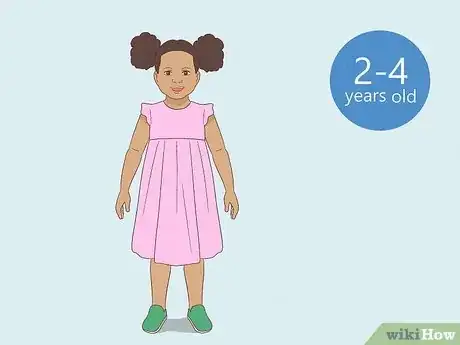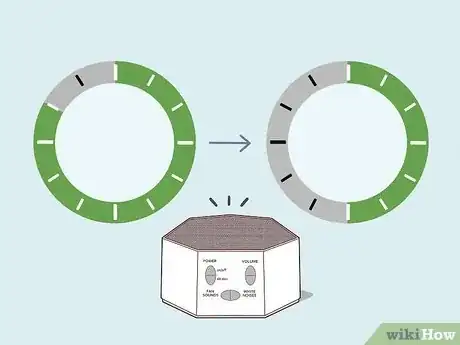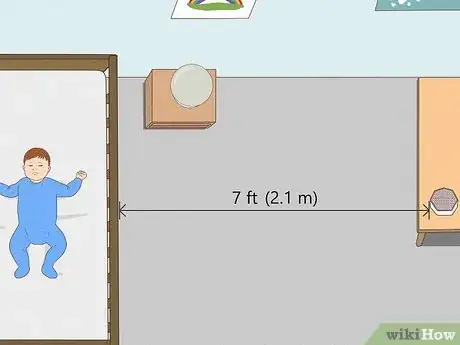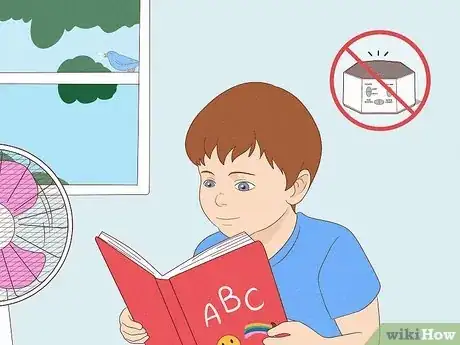This article was co-authored by wikiHow staff writer, Hannah Madden. Hannah Madden is a writer, editor, and artist currently living in Portland, Oregon. In 2018, she graduated from Portland State University with a B.S. in Environmental Studies. Hannah enjoys writing articles about conservation, sustainability, and eco-friendly products. When she isn’t writing, you can find Hannah working on hand embroidery projects and listening to music.
This article has been viewed 5,572 times.
Learn more...
When your baby is fussy or can’t fall asleep, nothing soothes them faster than some subtle white noise. But if you’re concerned about your baby becoming dependent on a white noise machine, you’re not alone—many parents wonder when the best time is to wean their child off of using white noise to fall asleep. Fortunately, after reading this article, you won’t have to be concerned anymore: we’ll tell you exactly when you should stop using white noise for your baby, as well as some helpful tips on using white noise safely.
Things You Should Know
- Stop using white noise for your baby when they’re a toddler, or between 2 and 4 years old.
- Wean your baby off of white noise slowly by gradually decreasing the volume and the time you spend playing it.
- White noise is safe for babies, as long as it doesn’t exceed 50 decibels (or around medium volume).
Steps
References
- ↑ https://share.upmc.com/2022/10/benefits-of-white-noise/
- ↑ https://share.upmc.com/2022/10/benefits-of-white-noise/
- ↑ https://www.todaysparent.com/baby/baby-sleep/white-noise-pink-noise-sound-machines-safety/
- ↑ https://pubmed.ncbi.nlm.nih.gov/33992973/
- ↑ https://www.todaysparent.com/baby/baby-sleep/white-noise-pink-noise-sound-machines-safety/
- ↑ https://share.upmc.com/2022/10/benefits-of-white-noise/
- ↑ https://www.nytimes.com/wirecutter/reviews/best-white-noise-machine/
- ↑ https://www.nytimes.com/wirecutter/reviews/best-white-noise-machine/
- ↑ https://www.sleepfoundation.org/noise-and-sleep/white-noise

































































